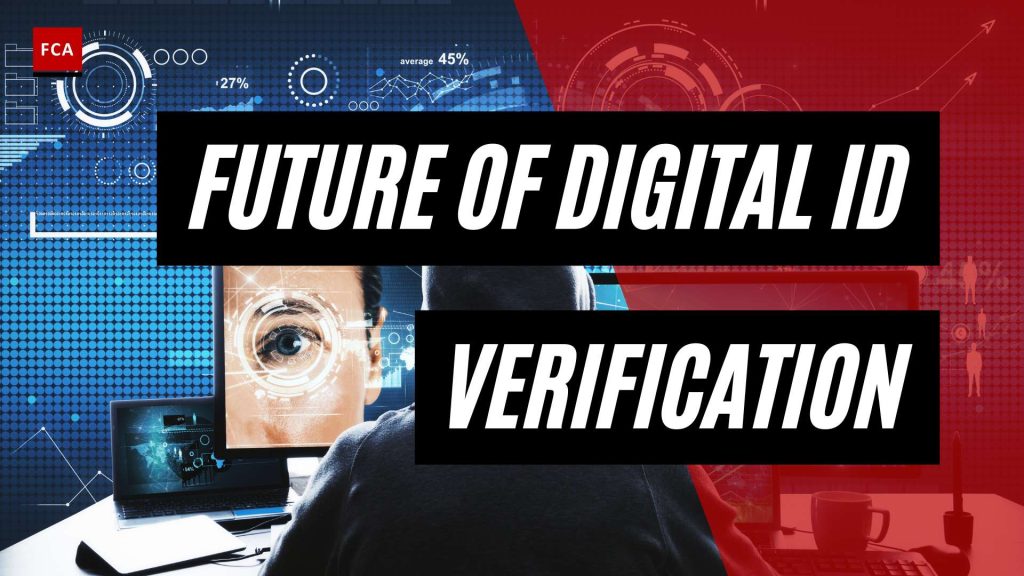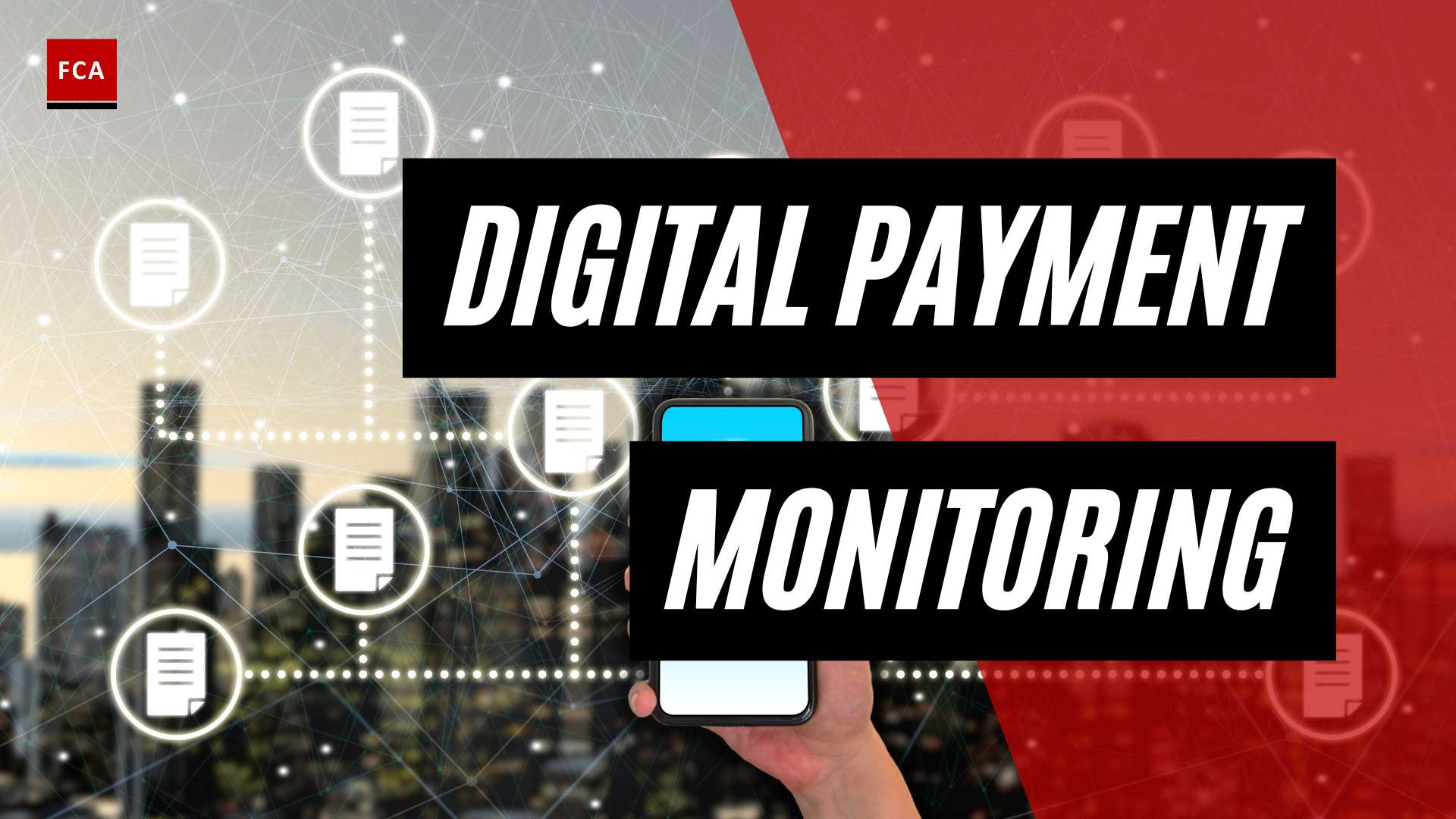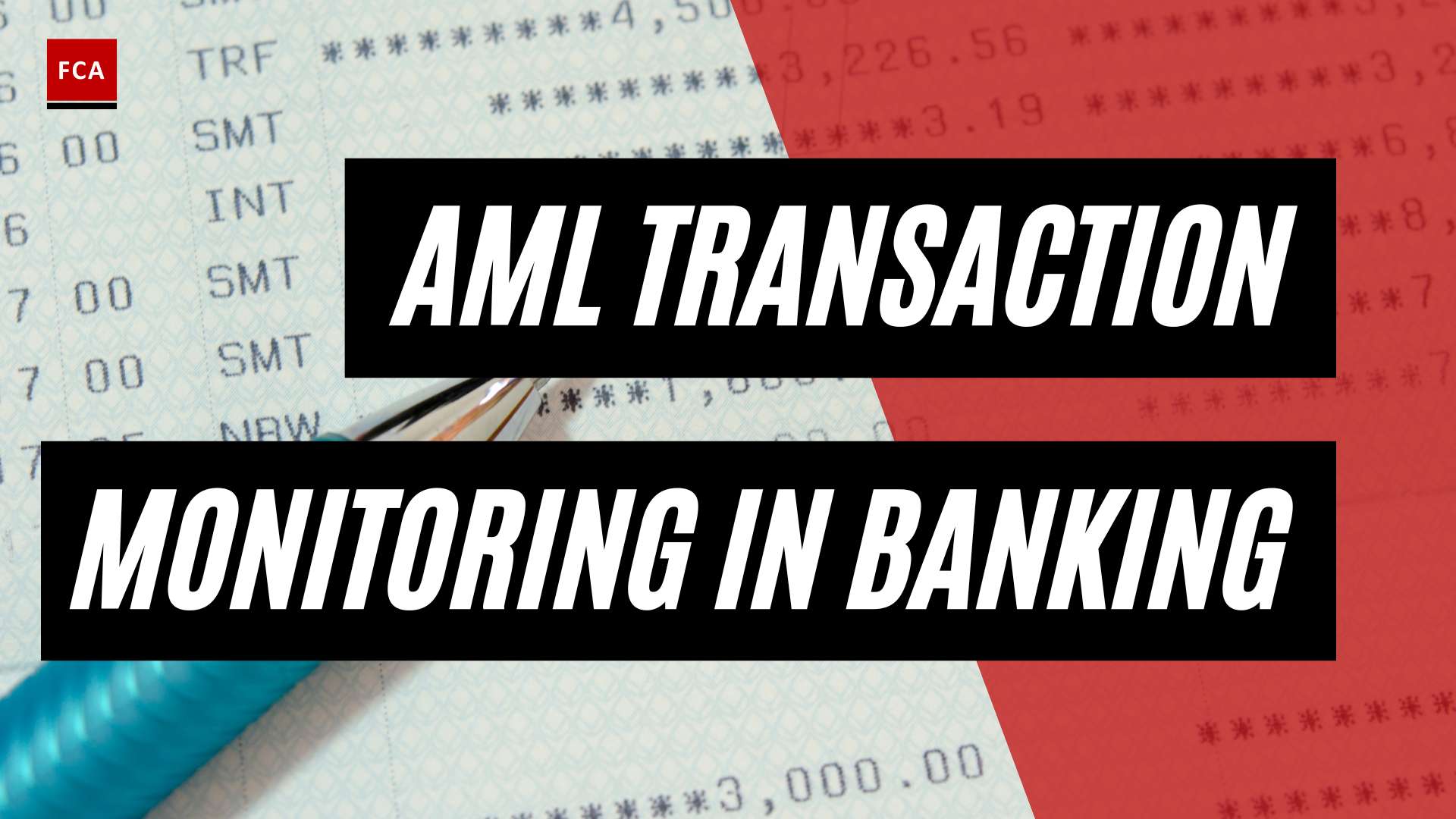The Importance of Digital Identity Verification
In the digital age, where personal data is deeply intertwined with technology, digital identity verification plays a crucial role in enhancing security and protecting against identity theft and fraud. As individuals and entities increasingly rely on digital identities for various services such as online banking, e-commerce, healthcare portals, and social networking platforms, ensuring the security of these identities becomes paramount.
Enhancing Security in the Digital Age
Traditional security methods like passwords and security questions are no longer sufficient against advanced cyber threats. Cybercriminals are constantly evolving their tactics, making it necessary to implement enhanced security measures to protect virtual identities. Artificial Intelligence (AI) plays a pivotal role in this regard, offering solutions that go beyond traditional security measures. By integrating AI into digital identity verification processes, organizations can leverage advanced technologies to detect and combat fraudulent activities more effectively.
AI enables systems to learn from experience without explicit programming, utilizing machine learning algorithms to identify patterns, make predictions, recognize objects, and generate creative outputs. This empowers digital identity verification systems to enhance security measures, ensuring a seamless and secure experience for users (Identity.com). The integration of AI in various aspects of daily life, such as voice assistants, smart home devices, and personalized recommendations, showcases its ability to provide personalized and secure experiences to users (Identity.com).
Protecting Against Identity Theft and Fraud
Digital identity verification is essential for protecting against identity theft, data breaches, unauthorized access, and privacy concerns. The interconnected nature of technology means that our lives are increasingly dependent on digital identities for a wide range of services. Ensuring the security and integrity of these identities is crucial to safeguarding individuals and organizations from the potentially devastating consequences of identity theft and fraud.
By implementing robust digital identity verification processes, organizations can verify the authenticity of individuals and entities, mitigating the risk of fraud and unauthorized access. This is particularly important in industries such as finance, healthcare, and e-commerce, where sensitive personal and financial information is involved. Effective digital identity verification methods, such as customer identity verification and know your customer regulations, help establish trust, protect customer information, and ensure compliance with regulatory requirements.
In addition to protecting against fraud, digital identity verification also offers benefits for businesses. Implementing digital identity management systems can enhance employee user experiences, improve customer experiences, increase efficiency, and reduce costs. These systems streamline processes, reduce paper usage, improve visibility, and allow for remote work options and online transactions, ultimately benefiting both organizations and their customers.
As technology continues to advance, the future of digital identity verification holds promise. By leveraging AI and emerging technologies like blockchain, digital identity verification systems are poised to become more seamless, secure, and efficient, bolstering security measures and protecting individuals and organizations from the growing threats of identity theft and fraud.
AI and Blockchain in Digital Identity Verification
As technology continues to advance, the integration of AI and blockchain in digital identity verification is transforming the landscape of identity verification processes, enhancing security and user experience. Leveraging AI and blockchain technologies provides innovative solutions to the challenges faced in the digital age.
Leveraging AI for Enhanced Security
AI technology enables machines to simulate human intelligence, significantly improving accuracy, efficiency, and reliability in digital identity verification processes. Facial recognition, behavioral biometrics, and natural language processing are key applications of AI in identity verification. By incorporating AI, identity verification systems can analyze and process vast amounts of data, enabling quick and accurate verification of individuals’ identities.
Facial recognition technology, powered by AI, plays a crucial role in digital identity verification. It compares the facial features captured from a live image or video with the facial biometric data stored in databases, ensuring the authenticity of an individual’s identity. Behavioral biometrics, another AI-driven technology, analyzes patterns of user behavior, such as typing speed and mouse movement, to verify the user’s identity. Natural language processing allows systems to understand and analyze text-based information, aiding in the verification process.
Implementing AI-enhanced document collection, data extraction, and analysis can significantly improve the speed and efficiency of digital identity verification processes (Lightico). AI-powered systems can quickly extract relevant information from identity documents and compare it with the user’s provided data, minimizing the risk of manual errors and improving the overall accuracy of the verification process.
The Role of Blockchain in Identity Verification
Blockchain technology complements AI in digital identity verification by providing decentralized identity storage, immutable identity records, and self-sovereign identity. Blockchain’s security and immutability enhance security and user control over their personal information. With blockchain, identity records are stored in a decentralized manner, reducing the risk of a single point of failure and unauthorized access.
The decentralized nature of blockchain ensures that user data is not controlled by a single entity, giving individuals more control over their personal information. Self-sovereign identity allows individuals to manage their digital identities, granting and revoking access to their information as needed. Blockchain’s transparency and immutability provide a secure and reliable foundation for identity verification, reducing the risk of data tampering and fraud.
Digital identity verification requires several levels of security measures, including encryption, secure data centers, tokenization, and passwordless authentication, to ensure the authenticity and security of the verification process (Justt.ai). Blockchain technology provides an additional layer of security by storing identity records in a tamper-resistant manner.
By leveraging AI and blockchain technologies, digital identity verification processes can achieve enhanced security, accuracy, and efficiency. The synergy between AI’s advanced capabilities in facial recognition, behavioral biometrics, and natural language processing, along with blockchain’s security and immutability, paves the way for a robust and efficient identity verification system in the digital age. As AI and blockchain continue to evolve, the future of digital identity verification looks promising, promising a safer and more efficient online experience for all (LinkedIn).
Methods of Digital Identity Verification
In the digital landscape, ensuring the authenticity of individual identities is crucial for security and compliance purposes. Various methods of digital identity verification have been developed to combat identity theft and fraud. Let’s explore three commonly used methods: Two-Factor Authentication (2FA) and Multi-Factor Authentication (MFA), Knowledge-Based Authentication (KBA), and Biometric Verification.
Two-Factor Authentication (2FA) and Multi-Factor Authentication (MFA)
Two-Factor Authentication (2FA) and Multi-Factor Authentication (MFA) are robust methods of verifying digital identities. These methods require individuals to provide two or more pieces of evidence to establish their identity, providing an additional layer of security beyond traditional username and password combinations.
For example, when using 2FA, individuals may be prompted to enter a code sent to their email or mobile phone after entering their username and password. This code serves as a second form of verification, confirming that the individual accessing the account is the legitimate owner. MFA takes this concept further by incorporating additional factors such as biometrics or hardware tokens.
Implementing 2FA or MFA significantly reduces the risk of unauthorized access to sensitive information or accounts, as it becomes more difficult for attackers to bypass multiple layers of authentication. It is a widely adopted method in various industries, including banking, e-commerce, and AML compliance solutions.
Knowledge-Based Authentication (KBA)
Knowledge-Based Authentication (KBA) is another method used for digital identity verification. KBA relies on asking individuals a series of security questions that only they are expected to know the answers to. These questions are often based on personal information that would be difficult for others to obtain, such as “How many pets do you have?” or “Who was your favorite teacher?”.
KBA is commonly used in situations where individuals need to recover or reset their passwords or gain access to specific accounts. By answering these security questions correctly, individuals can demonstrate their knowledge of personal details linked to their identity, thus verifying their authenticity.
While KBA can be effective, it relies on individuals providing accurate and memorable answers to the security questions. There is a risk that personal information used in KBA may be exposed or publicly available, making this method less secure than others. Therefore, it is important to carefully consider the questions used in KBA and assess their effectiveness in preventing unauthorized access.
Biometric Verification
Biometric Verification utilizes unique physical characteristics to authenticate individual identities. This method relies on capturing and comparing biometric data, such as facial recognition, voice recognition, iris scanning, or fingerprinting. Biometric data is difficult to forge or replicate, making it a highly secure method of digital identity verification.
By leveraging biometric characteristics, individuals can conveniently authenticate their identities without the need for passwords or additional authentication factors. Biometric Verification is widely used in various industries, including electronic identity verification, travel, and financial services.
Biometric Verification offers enhanced security, convenience, and accuracy in digital identity verification. However, it does require appropriate hardware and software infrastructure to capture and analyze biometric data accurately.
By utilizing methods such as Two-Factor Authentication (2FA) and Multi-Factor Authentication (MFA), Knowledge-Based Authentication (KBA), and Biometric Verification, organizations can enhance the security of their digital platforms and protect against identity theft and fraud. The choice of method depends on factors such as the level of security required, user experience, and regulatory customer identification program (CIP) requirements.
Compliance and Regulatory Landscape
In the realm of digital identity verification, compliance with regulations is of utmost importance to ensure the security and integrity of the process. Various regulations and directives have been implemented globally to address the increasing need for robust identity verification measures. Two significant aspects of the compliance and regulatory landscape in digital identity verification are the impact of the Fifth Anti-Money Laundering Directive (5AMLD) and global identity verification regulations.
The Impact of 5AMLD on Digital Identity Verification
The Fifth Anti-Money Laundering Directive, or 5AMLD, came into effect in January 2020. It introduced stricter procedures for digital identity verification in Europe, particularly for electronic money services and cryptocurrencies (Fraud.com). The directive aims to enhance the integrity of the financial system and combat money laundering and terrorist financing.
Under the 5AMLD, digital identity verification processes must adhere to stringent requirements, including the verification of customer identity through reliable and independent documents, data, or information from credible and independent sources. The directive also emphasizes the importance of ongoing monitoring of customer transactions to detect suspicious activities and ensure compliance with anti-money laundering (AML) regulations.
Global Identity Verification Regulations
Digital identity verification regulations are not limited to Europe but are becoming increasingly important globally. The rising cases of identity fraud and the need for enhanced security measures have prompted countries worldwide to implement regulations to protect individuals and businesses from identity-related crimes (Fraud.com).
For example, the Reserve Bank of India issued guidelines in January 2020 that mandate the use of digital Know Your Customer (KYC) norms for financial institutions, aiming to strengthen the integrity of the financial system (Fraud.com). These guidelines require financial institutions to verify the identity of their customers using digital methods, ensuring secure and reliable identification processes.
Additionally, countries like the United Kingdom have introduced frameworks to govern the use and security of digital identities. The Digital Identity and Attributes Trust Framework (DIATF) sets standards and requirements for businesses working with digital identities, emphasizing data management policies, security best practices, and recovery processes.
The adoption of digital identity verification regulations is driven by the need for enhanced security, fraud prevention, and compliance with AML and KYC requirements. These regulations shape the landscape of digital identity verification by ensuring standardized practices, protecting individuals and businesses from identity-related risks, and promoting a secure and trustworthy digital environment.
Benefits and Challenges of Digital Identity Verification
Digital identity verification plays a crucial role in today’s digital landscape, providing a secure and reliable method of confirming the identity of individuals. Implementing digital identity management systems offers a range of benefits for organizations while also presenting certain challenges.
Benefits of Implementing Digital Identity Management
Implementing digital identity management systems brings several advantages for both organizations and individuals. These benefits include:
-
Enhanced User Experience: Digital identity management systems streamline processes, resulting in a smoother and more efficient user experience for employees and customers. With improved authentication methods and reduced manual verification steps, individuals can access services more easily.
-
Increased Accuracy: Digital identity verification utilizes advanced technologies such as AI and biometric authentication, leading to higher levels of accuracy in verifying users’ identities. This helps organizations ensure that they are interacting with the right individuals while minimizing the risk of fraud and impersonation.
-
Improved Customer Experience: Digital identity verification simplifies the customer onboarding process, allowing for quicker and more seamless account creation. By reducing the need for manual paperwork and physical presence, organizations can provide a convenient and efficient experience to their customers.
-
Cost Reduction and Efficiency: Digital identity management systems eliminate the need for excessive paperwork, reducing costs associated with manual processes and physical document storage. By automating identity verification, organizations can improve efficiency, save time, and allocate resources more effectively.
For businesses, implementing digital identity management systems offers the opportunity to enhance security, mitigate fraud risk, and streamline operations. To learn more about the benefits and challenges of digital identity verification, check out our comprehensive guide on customer identity verification.
Challenges in Digital Identity Verification
While digital identity verification provides numerous benefits, there are also challenges that organizations need to address. These challenges include:
-
Data Privacy and Security: With the increasing reliance on digital identities, organizations must ensure the privacy and security of sensitive customer information. Protecting data from unauthorized access, breaches, or misuse is paramount to maintaining trust with customers.
-
Compliance and Regulatory Requirements: Organizations must navigate the complex landscape of AML regulations, customer identification programs, and know your customer requirements. Ensuring compliance with these regulations while implementing efficient identity verification processes can be a challenge.
-
User Acceptance and Adoption: Encouraging users to embrace and adopt digital identity verification methods can be a hurdle. Organizations need to provide clear communication, educate users about the benefits and security measures, and address any concerns to gain user trust and acceptance.
-
Integration and Scalability: Integrating digital identity verification systems into existing infrastructure and ensuring scalability to handle increasing volumes of verifications can be complex. Organizations need to consider compatibility, system requirements, and the ability to handle future growth.
Overcoming these challenges requires a combination of technical solutions, compliance measures, and user education. By addressing these challenges, organizations can harness the benefits of digital identity verification and create a secure and efficient environment for their employees and customers.
As the future of digital identity verification continues to evolve, organizations must stay informed about emerging technologies and industry best practices. In our next section, we will explore how AI and blockchain are transforming digital identity verification and the evolving technologies in this field.
Future Outlook for Digital Identity Verification
As technology continues to advance, the future of digital identity verification is set to undergo significant transformations. Two key technologies at the forefront of this evolution are AI and blockchain, which are revolutionizing the way identity verification is conducted and enhancing security in the digital realm.
AI and Blockchain Transforming Digital Identity Verification
The synergy between AI and blockchain technologies is revolutionizing the landscape of digital identity verification. AI brings advanced capabilities in facial recognition, behavioral biometrics, and natural language processing, enabling more accurate and efficient identity verification processes. It can analyze vast amounts of data and detect patterns, anomalies, and fraudulent activities with speed and precision. This helps in combating identity theft and fraud, providing a safer online experience for all.
On the other hand, blockchain technology provides decentralized identity storage, immutable identity records, and self-sovereign identity. By leveraging blockchain, digital identity verification can offer unprecedented security, transparency, and user control over their personal information. Blockchain ensures that identity records are tamper-proof and prevents unauthorized access, providing a robust foundation for secure and reliable digital identity verification (LinkedIn).
The evolution of AI and blockchain in digital identity verification holds immense potential for improving the efficiency, accuracy, and security of the process. By combining AI’s advanced capabilities with blockchain’s security and immutability, the future of digital identity verification promises a safer and more efficient online experience, addressing the evolving challenges of the digital age (LinkedIn).
The Evolution of Digital Identity Verification Technologies
Advancements in digital identity verification technologies are continuously shaping the future of identity verification processes. AI-enhanced document collection, data extraction, and analysis can significantly improve the speed and efficiency of identity verification. By automating manual tasks, AI reduces the risk of human error and streamlines the verification process.
Furthermore, the integration of advanced identity and ID verification tools, such as Identity Document Validation Technology (IDVT) and artificial intelligence, enables remote authentication and verification of users’ digital attributes. These tools enhance efficiency and accuracy in identity verification, making the process faster and more reliable.
The future of digital identity verification also involves the adoption of the self-sovereign identity (SSI) model. This model utilizes blockchain, decentralized identifiers, and verifiable credentials to ensure that individuals and businesses maintain control and ownership over their digital data. SSI allows users to manage access rights and remove data when necessary, enhancing privacy and security in the digital realm (Experian).
To ensure the authenticity and security of the verification process, digital identity verification requires multiple levels of security measures. These include encryption techniques such as Advanced Encryption Standard (AES) 256, secure data centers, tokenization, digital signatures, and passwordless authentication. These measures protect against security breaches and theft related to digital identities, ensuring the integrity of the verification process (Justt.ai).
In conclusion, the future of digital identity verification is being shaped by the transformative potential of AI and blockchain technologies. With AI enhancing accuracy and efficiency, and blockchain providing security and transparency, the evolution of digital identity verification promises a safer and more streamlined process for individuals and businesses alike. As these technologies continue to evolve, we can anticipate even greater advancements in the field of digital identity verification.








